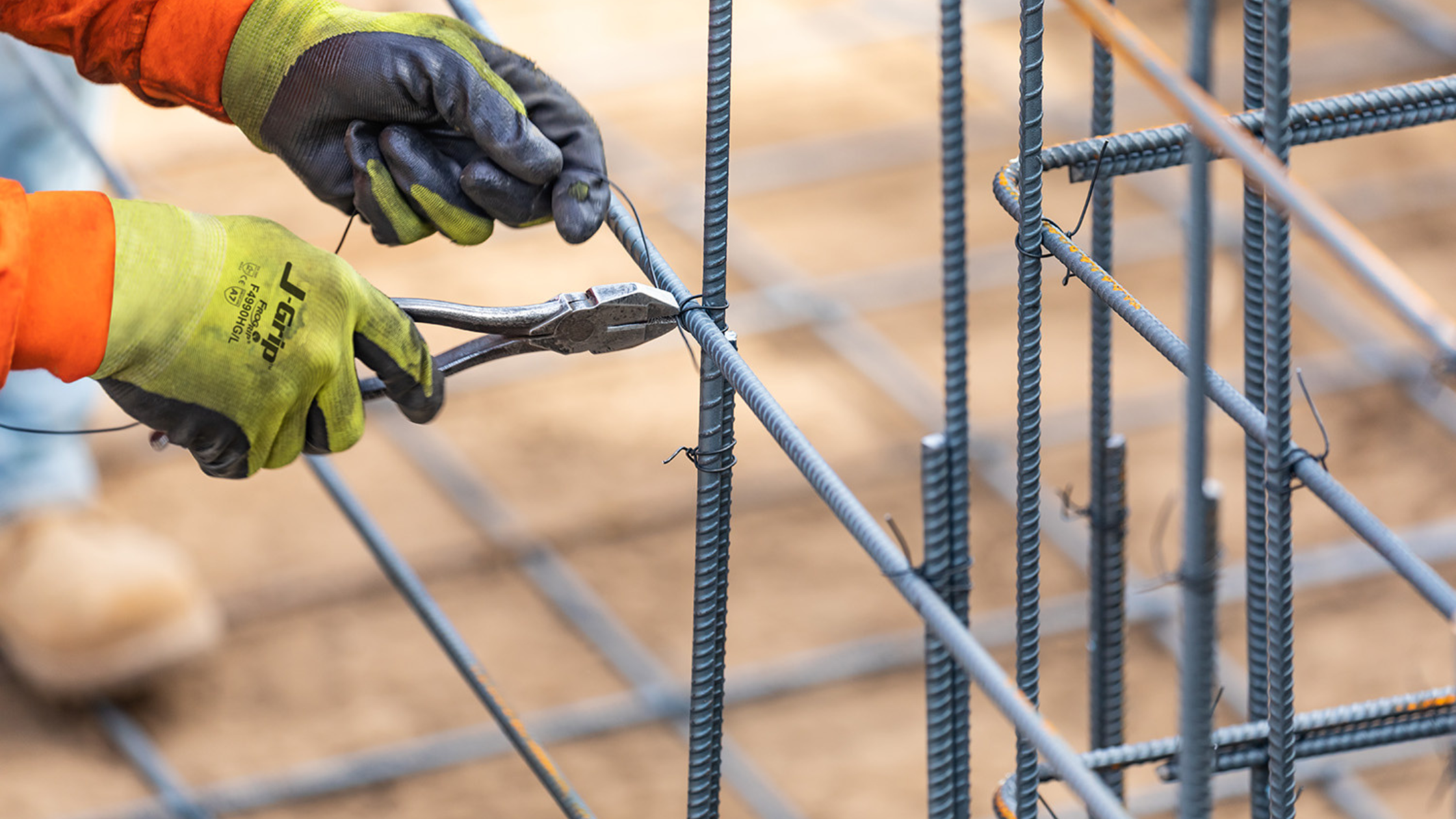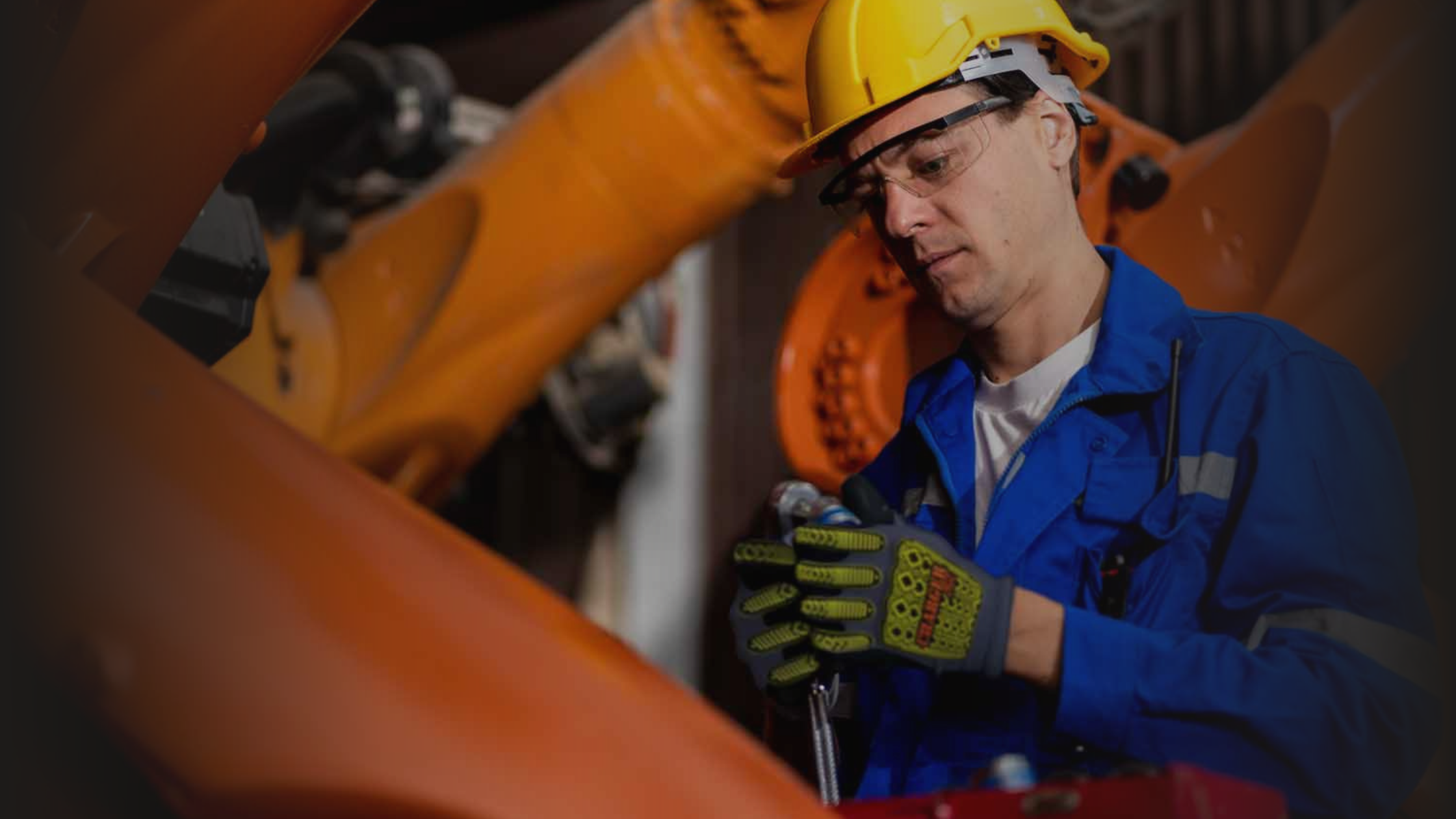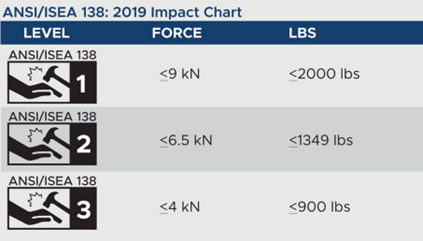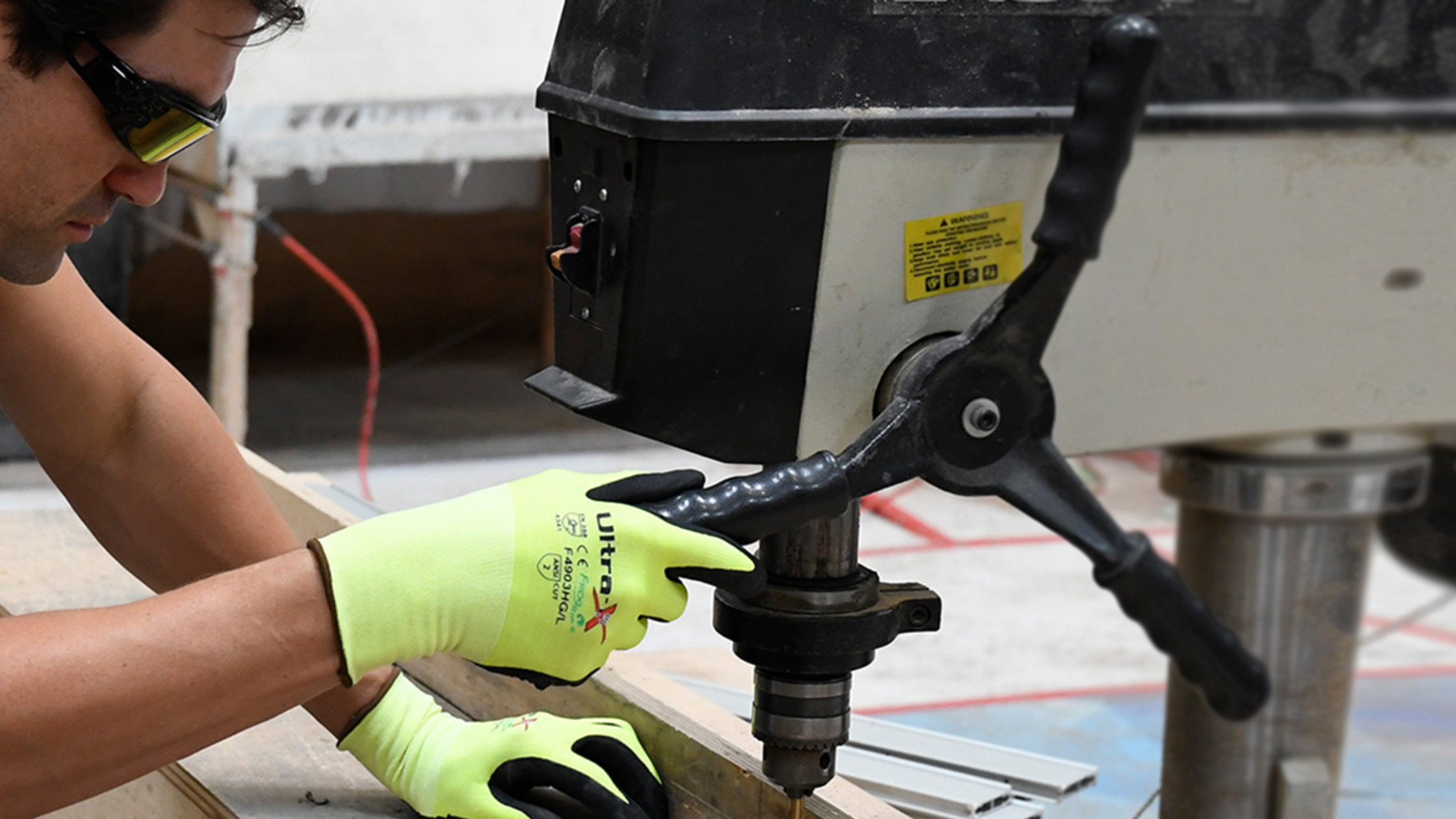
Working near roadways and heavy machinery poses significant risks to workers, increasing the likelihood of accidents involving moving objects. The statistics are alarming; according to the CDC, roadway construction sites see an average of 123 worker fatalities annually. In 2019 alone, there were 762 fatal crashes resulting in 842 deaths. (ohsonline.com)
Furthermore, data from the Occupational Safety & Health Administration (OSHA) reveals that 1 in 4 “struck-by” fatalities involve construction workers, more than any other occupation. In the face of these dangers, gearing up with high-visibility safety apparel is essential. It’s not just a piece of clothing; it’s a lifeline that can ensure the well-being of workers on the job.
Understanding High-Visibility Safety Apparel (HVSA)
High-visibility safety apparel (HVSA) is pivotal in mitigating risks for workers, particularly in low-light or dark conditions. This specialized protective gear, including jackets, pants, vests, and sweatshirts, is designed to enhance visibility and reduce the likelihood of accidents. HVSA incorporates reflective and fluorescent materials, making workers more conspicuous to motorists and equipment operators.
Reflective materials, a key component of HVSA, work by redirecting light back to its source. This property makes them particularly effective in low-light conditions, as they bounce back light from headlights or other light sources, making the wearer more visible. On the other hand, fluorescent materials in HVSA rely on bright light, functioning optimally when there is a source of sunlight. Fluorescent HVSA is most effective in bright light conditions.
HVSA is widely used in various work environments, including construction sites, warehouses, maintenance facilities, and traffic zones. Equipping your team with HVSA ensures their safety and well-being amidst hazardous work conditions.
Understanding the ANSI/ISEA 107-2020 Standard
The American National Standard for High-Visibility Safety Apparel and Accessories (ANSI/ISEA 107-2020) is the latest edition of the industry consensus standard governing High-Visibility Safety Apparel (HVSA) in occupational environments. Since its inception in 1999, this standard has been the authoritative guide for the design, performance, and materials of high-visibility PPE in the United States. It has been codified into the U.S. Department of Transportation, Federal Highway Administration (FHWA) regulations, and referenced in other worker protection standards.
ANSI/ISEA 107-2020 maintains a Type-Performance Class designation for garments, with the Type based on the expected use setting and the Performance Class identified by the finished garment’s visible materials and design attributes. Understanding these classifications is vital for ensuring compliance and selecting the appropriate HVSA for specific work environments.
The standard outlines four garment performance classes:
- Class 1
- Class 2
- Class 3
- Class E
And three Garment Types based on expected Work Environments:
- Type O (“Off Road”) – Type O HVSA is a performance class 1
- Type R (“Roadway”) – Type R HVSA may be performance class 2 or 3
- Type P (“Public Safety/First Responders”) – Type P HVSA may be performance class 2 or 3
The chart below details each garment type and performance class, specifying the minimum areas for background material, retroreflective or combined performance materials, and the minimum reflective material width.
| Garment Type | Performance Class | Background Material | Retroreflective or Combined Performance Materials | Minimum Width Reflective Material |
|---|---|---|---|---|
| Type O Off-road and Non-Roadway Use | Class 1 | 217 in² | 155 in² | 1 in. |
| Type R Roadway and Temporary Traffic Control Zones | Class 2 | 775 in²* | 201 in² | 1.38 in. 1″ split trim designs |
| Class 3 | 1240 in²** | 310 in² | 2 in. 1″ split trim designs | |
| Type P Emergency and Incident Responders and Law Enforcement Personnel | Class 2 | 450 in.² | 201 in² | 2 in. 1″ split trim designs |
| Class 3 | 775 in² | 310 in² | 2 in. 1″ split trim designs | |
| Supplemental Items Pants, Overalls, Shorts, Rain Pants and Gaiters | Class E | 465 in² | 109 in² | 2 in. 1″ split trim designs |
| *To accommodate small workers, the smallest size offered in Type R, Class 2, may use a minimum of 0.35m² (540 in²) of background material. Subsequent larger sizes must use 0.50 m² (775 in²). **To accommodate small workers, the smallest size offered in Type R, Class 3, may use a minimum of 0.65 m² (1,000 in²) of background material. Subsequent larger sizes must use 0.80 m² (1240 in²). | ||||
National Work Zone Awareness Week, Go Orange Day
National Work Zone Awareness Week (NWZAW) is an annual nationwide event that promotes the importance of work zone safety by bringing together the American Traffic Safety Services Association (ATSSA), public agencies, national roadway safety organizations, companies, and individuals.
One of the key events during NWZAW is Go Orange Day, which is when individuals wear orange to support work zone safety initiatives. This day raises awareness and honors those impacted by work zone traffic incidents, underscoring the need for continued vigilance and preventative measures. This last Wednesday, the Liberty Safety team was proud to show our support for work zone safety. Join us in raising awareness for #GoOrangeDay and Share this Post with a Friend.
Choosing the Right HVSA for the Job
Selecting the right HVSA involves assessing the work environment and its potential hazards.
The chart above is a general guide to help you determine the appropriate HVSA based on performance class and type. For personalized guidance and support, contact a Liberty Safety Representative to connect with one of our product experts and ensure workforce safety.
April Product Promo
Gear up your workforce with HVSA to ensure their well-being on the job. Explore our April Product Promo featuring workwear essentials to keep your workforce visible and safe.
Conclusion
As we navigate hazardous work environments, prioritizing safety remains paramount. High-visibility safety Apparel (HVSA) is a critical safeguard against accidents and injuries, particularly in settings where visibility is compromised. By adhering to industry standards, commemorating initiatives like Go Orange Day, and investing in quality HVSA, we can foster a culture of safety and protect workers’ well-being.
Your Safety is our priority. It’s all part of our Freedom in Full Gear Promise!




